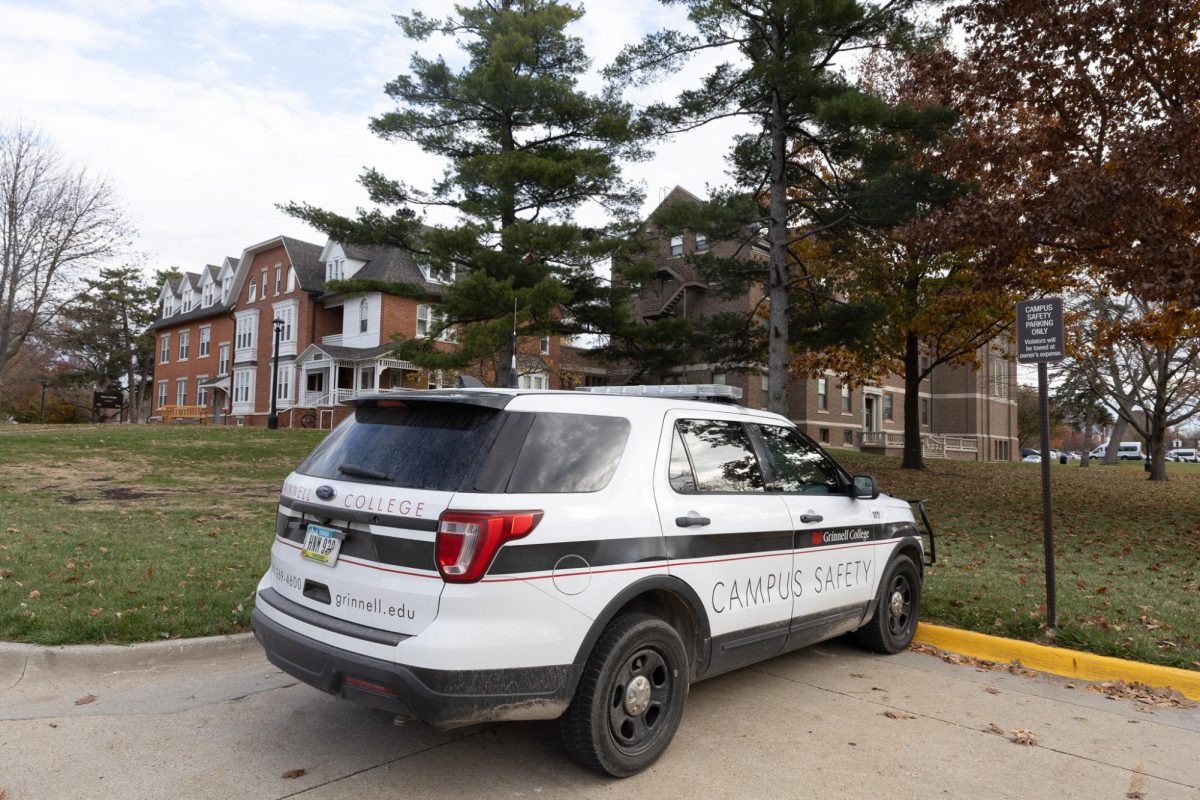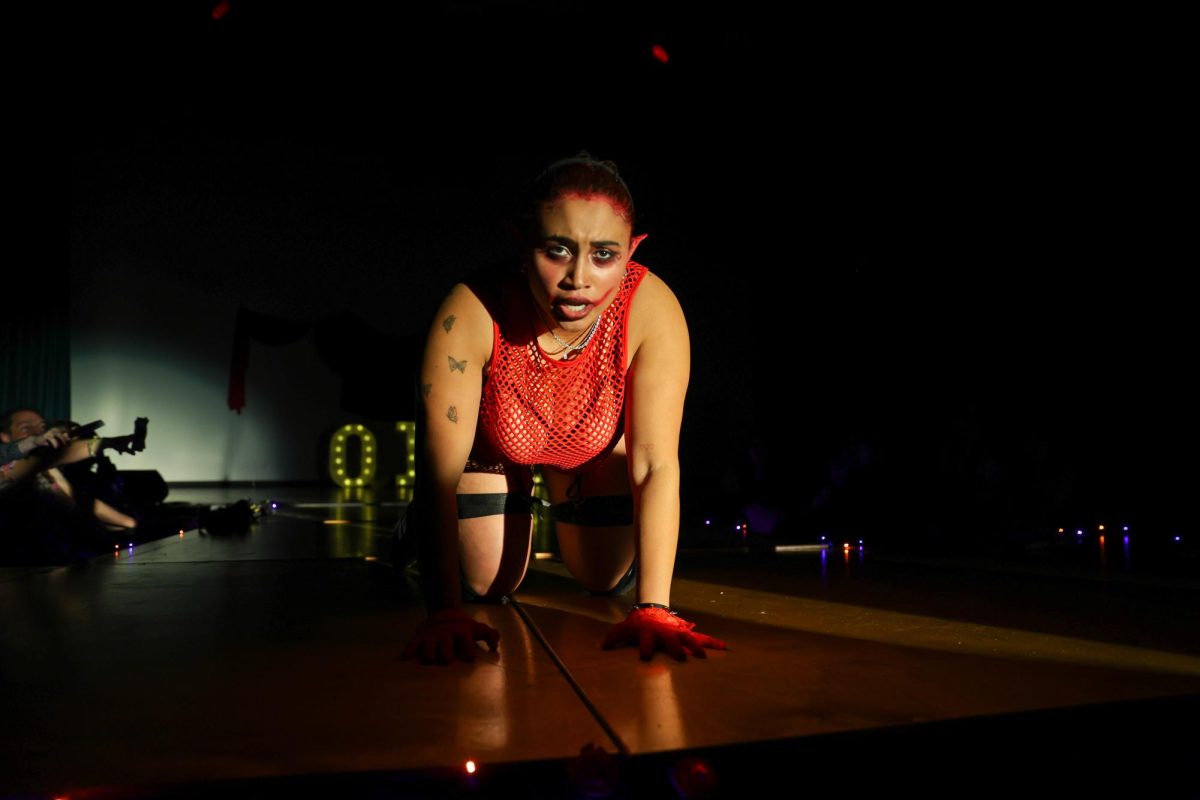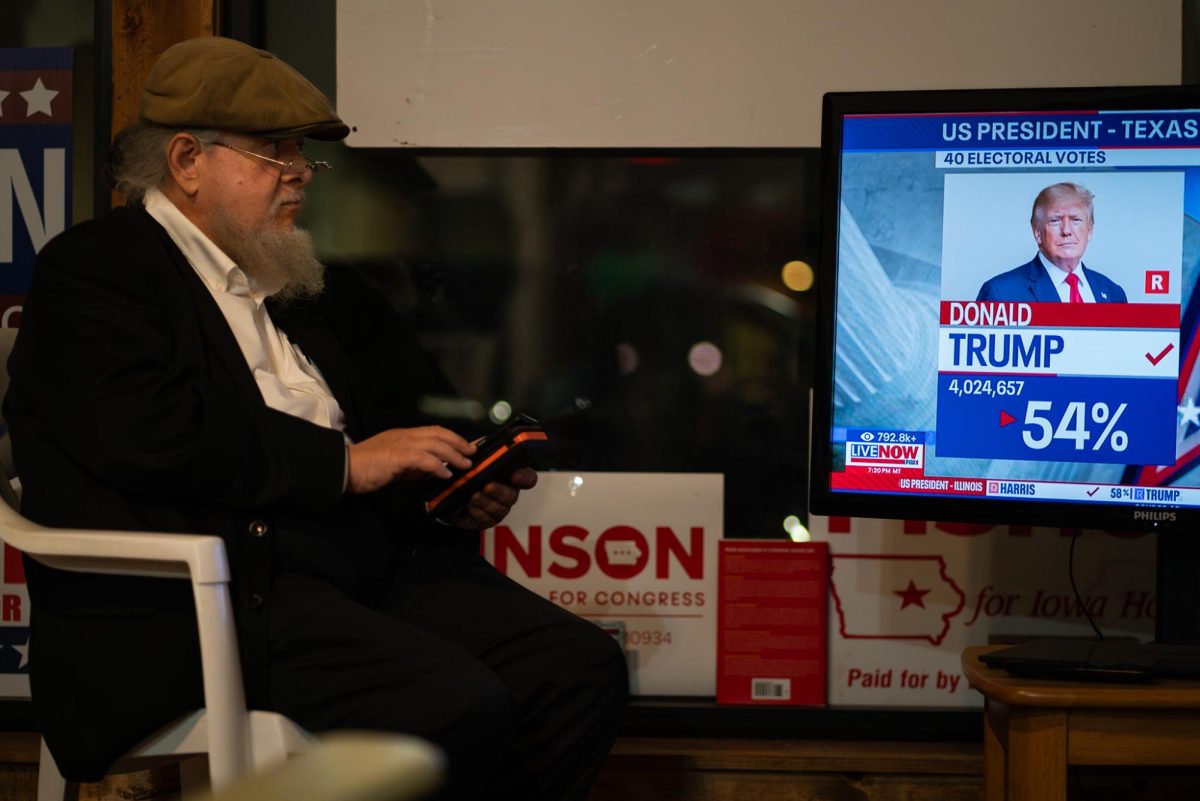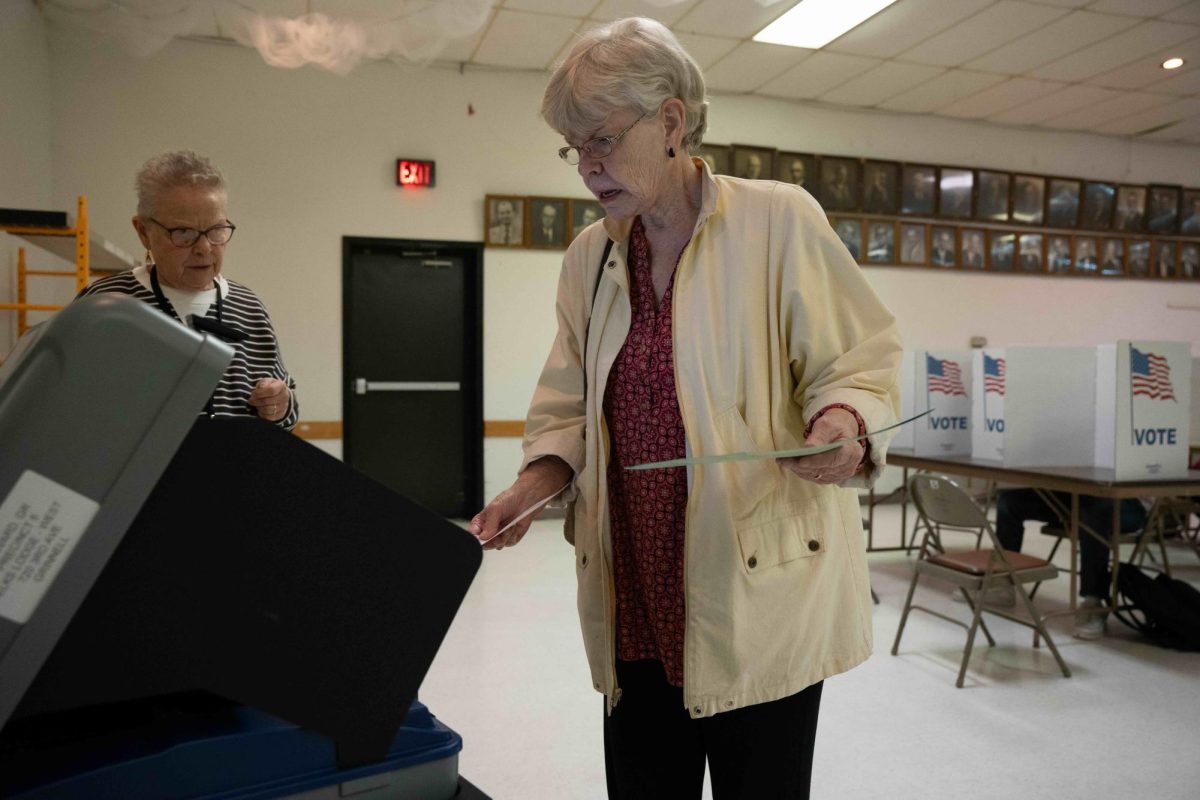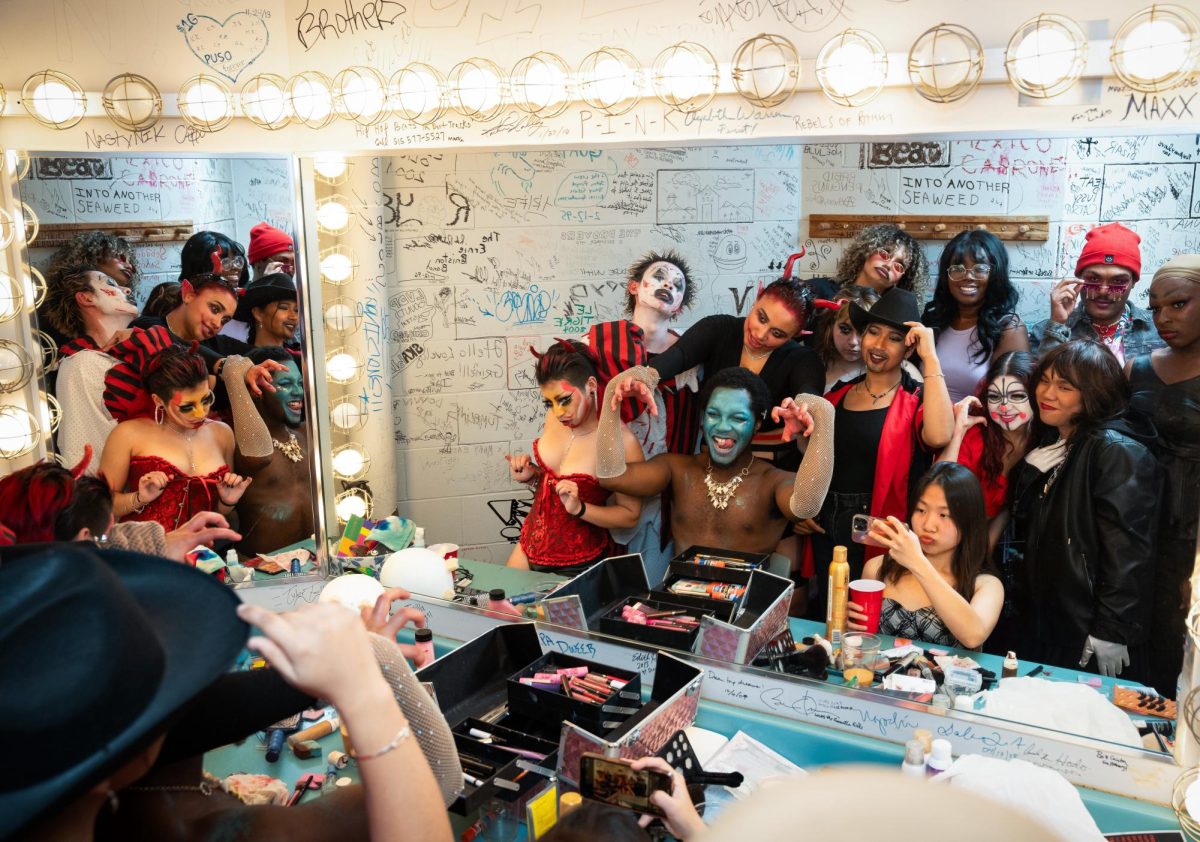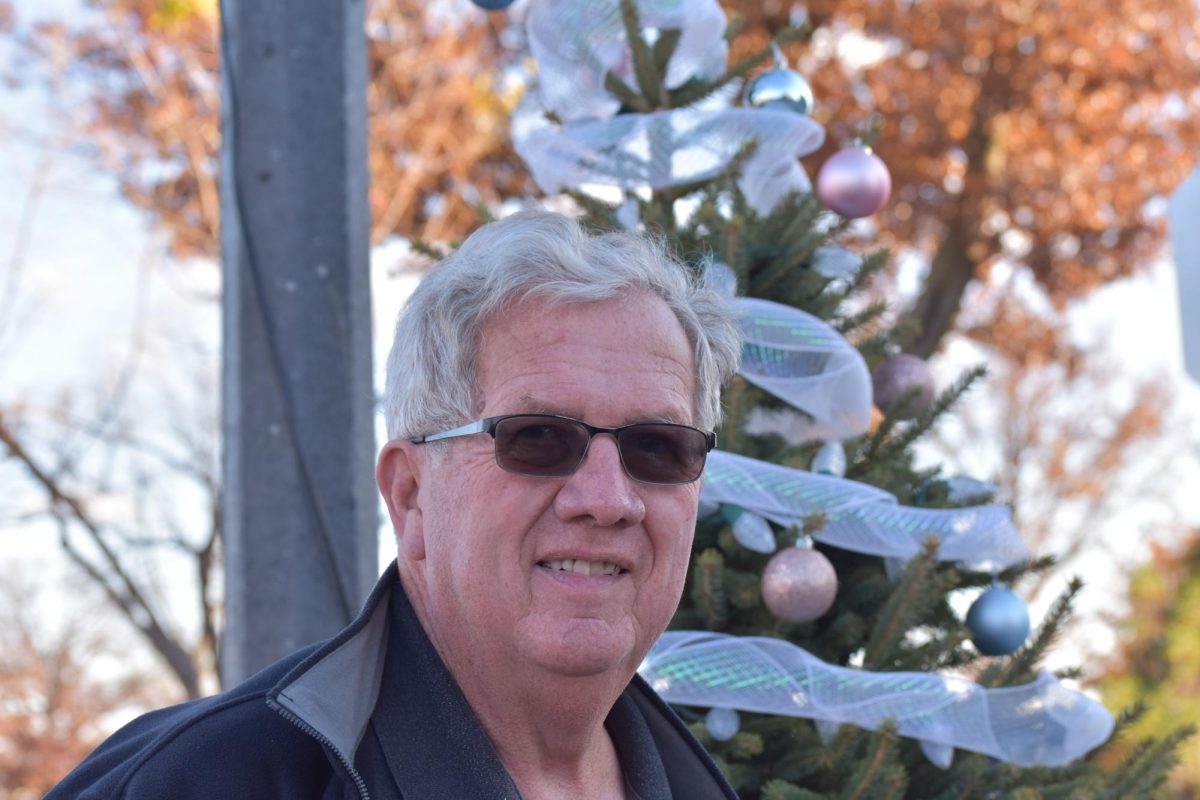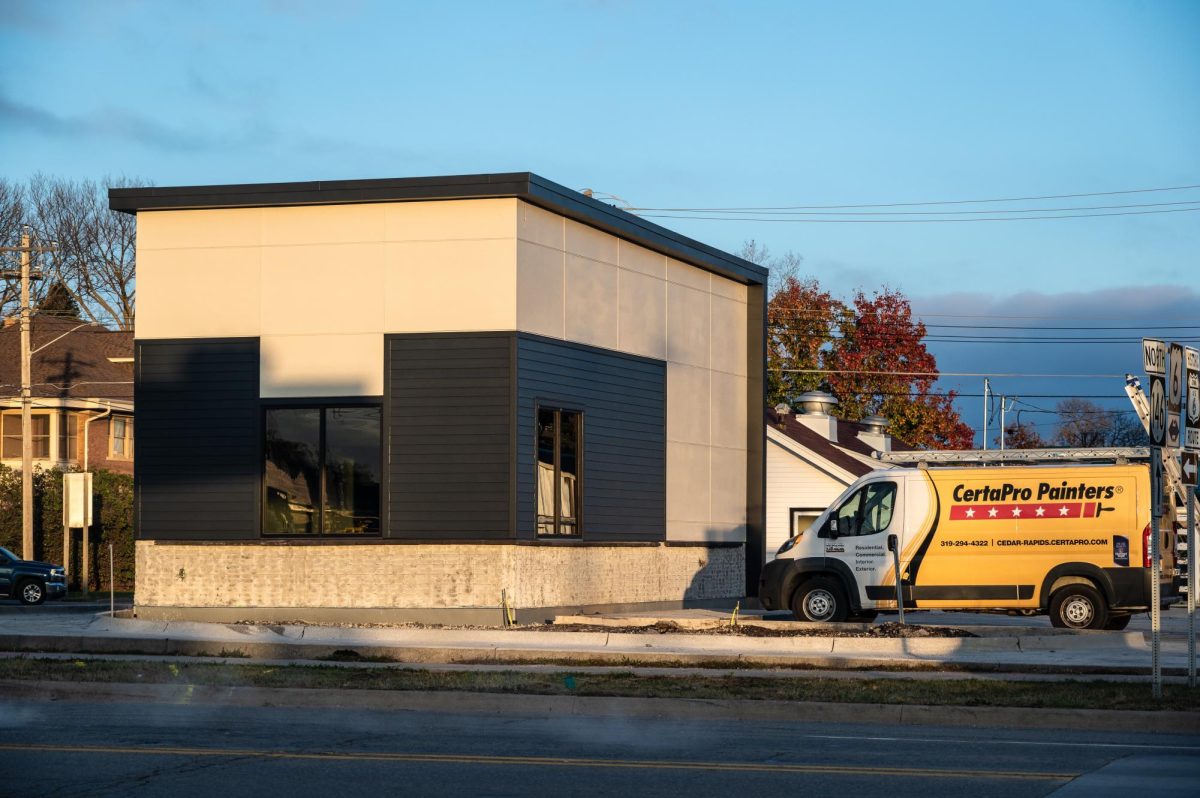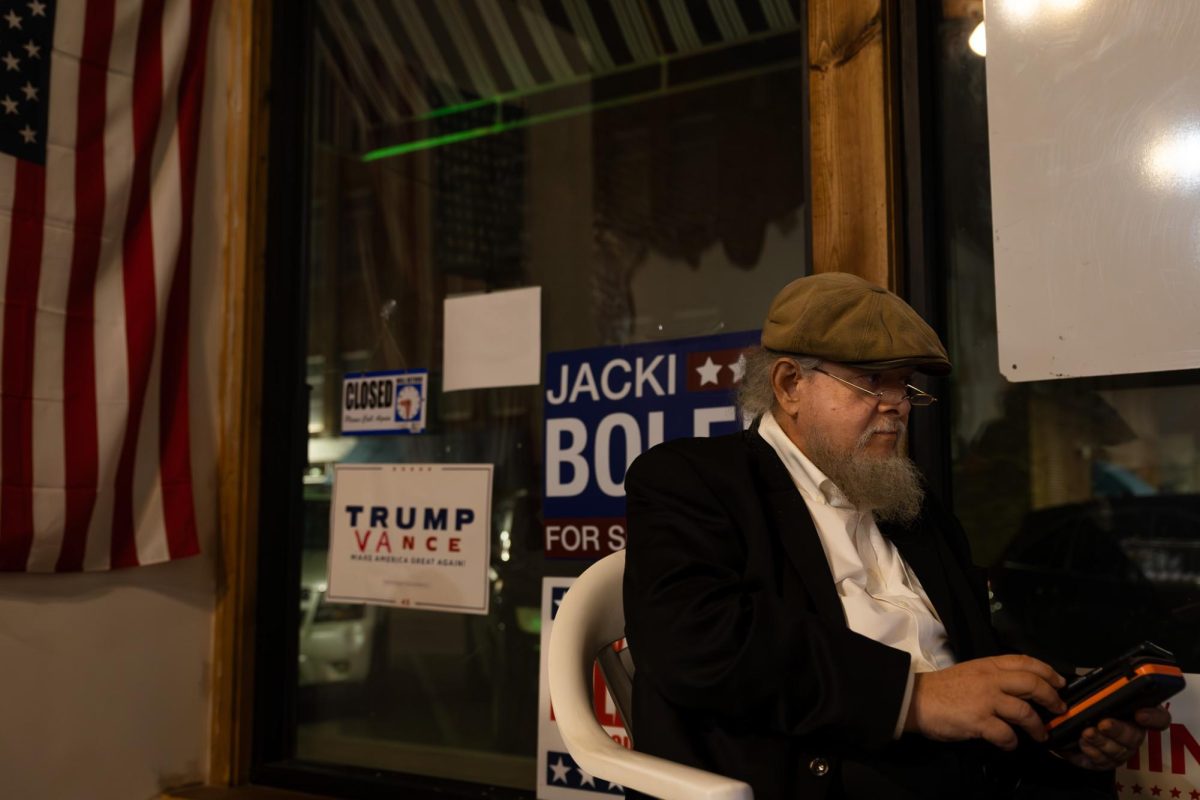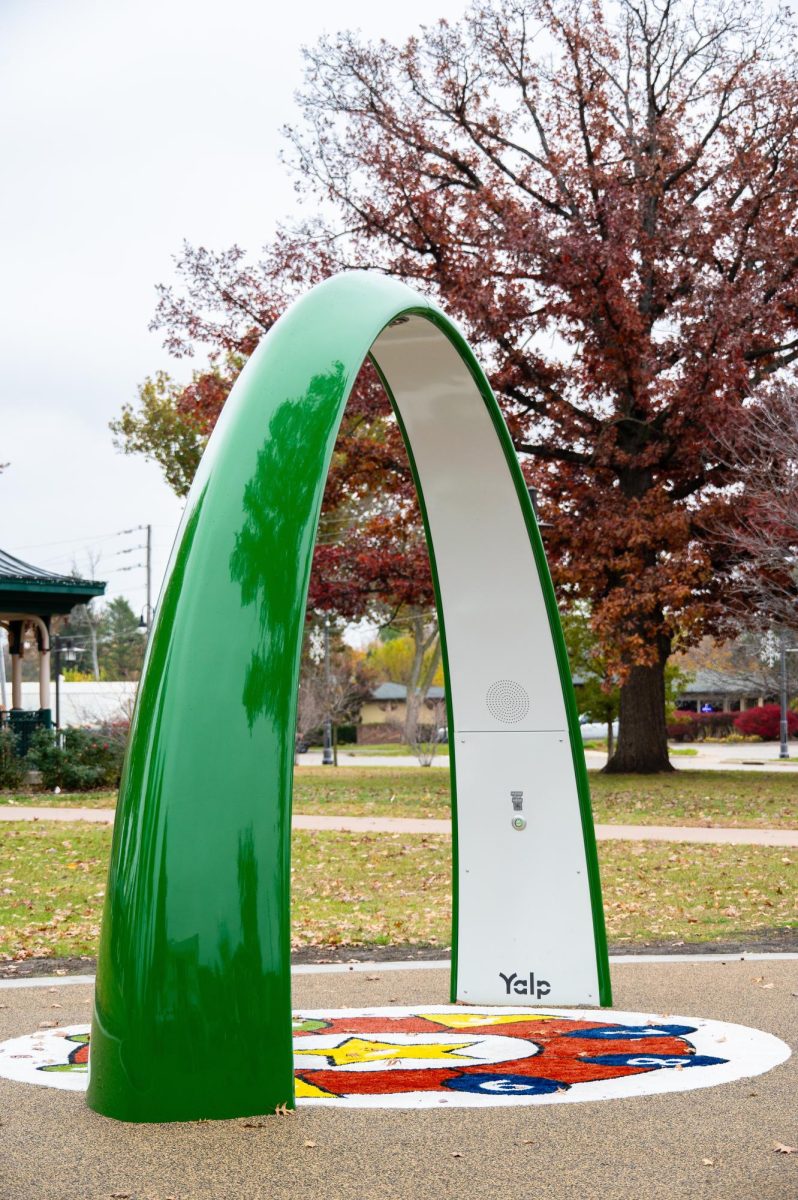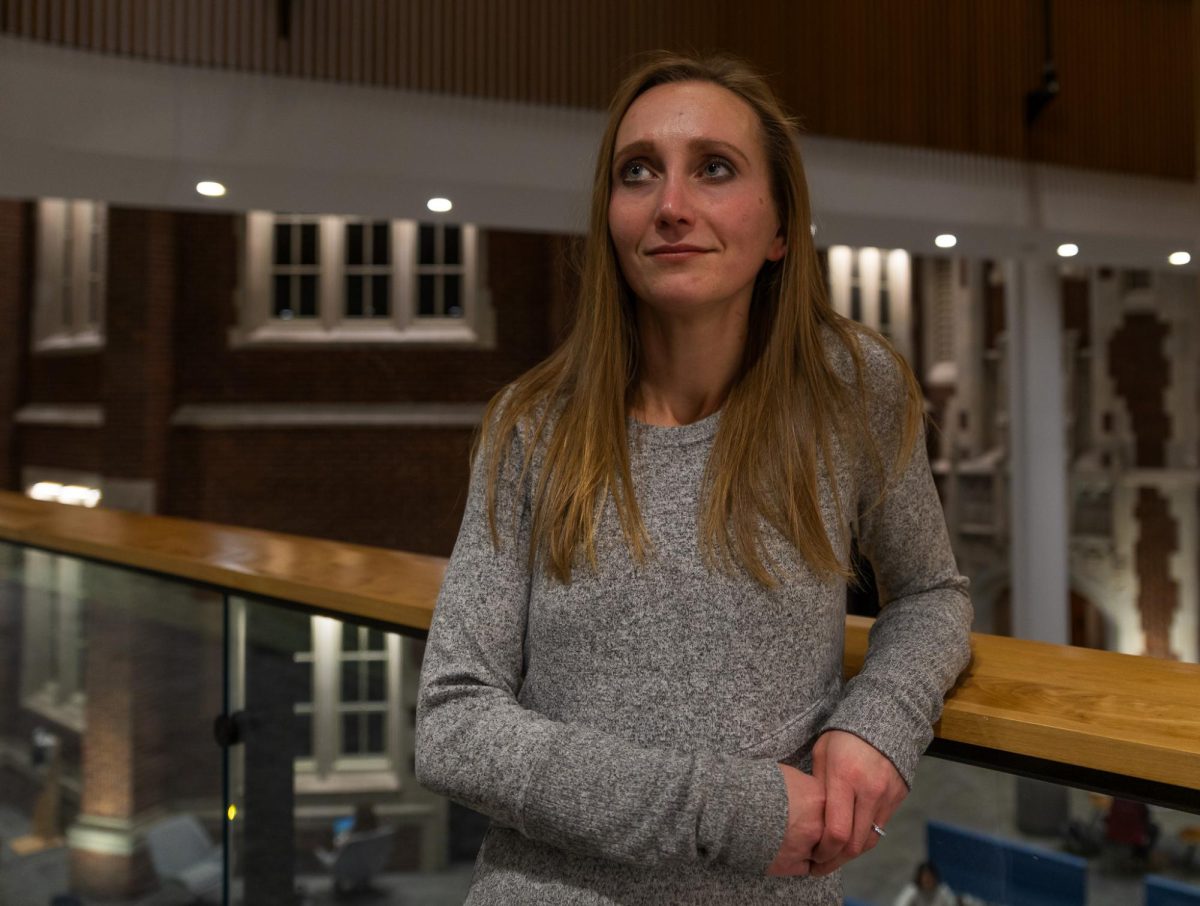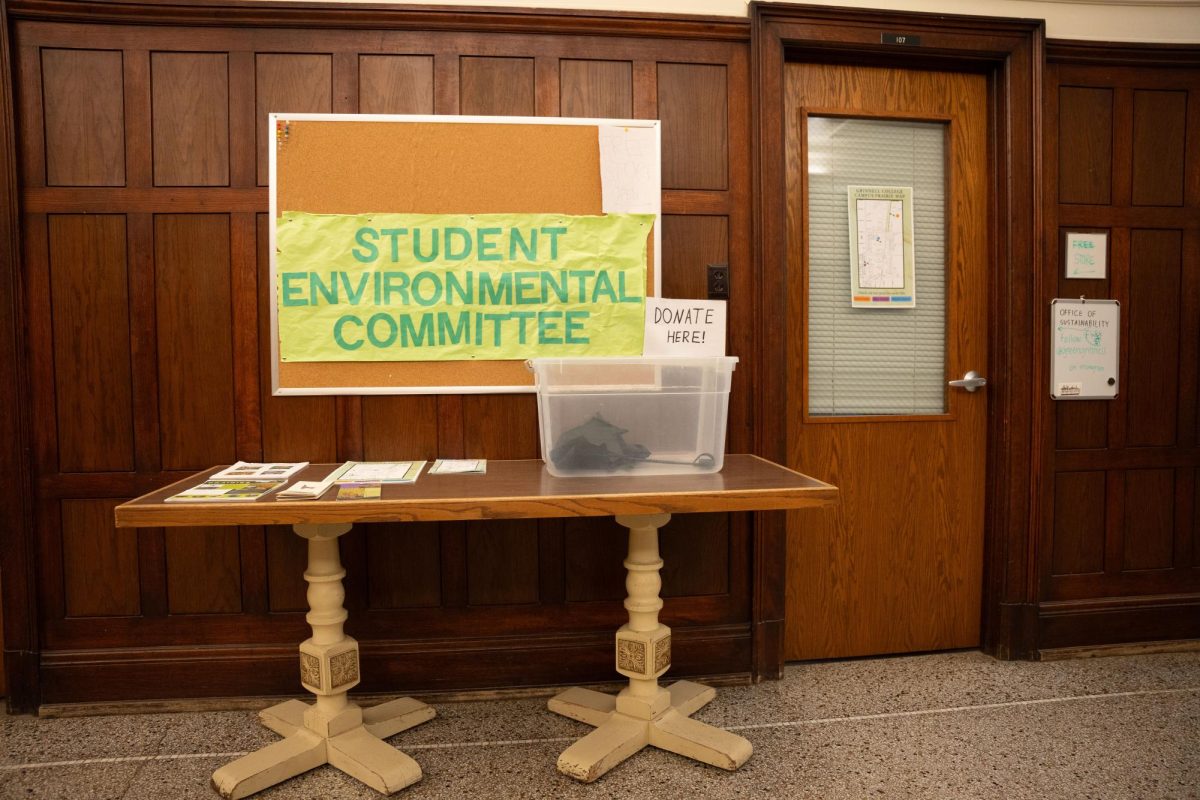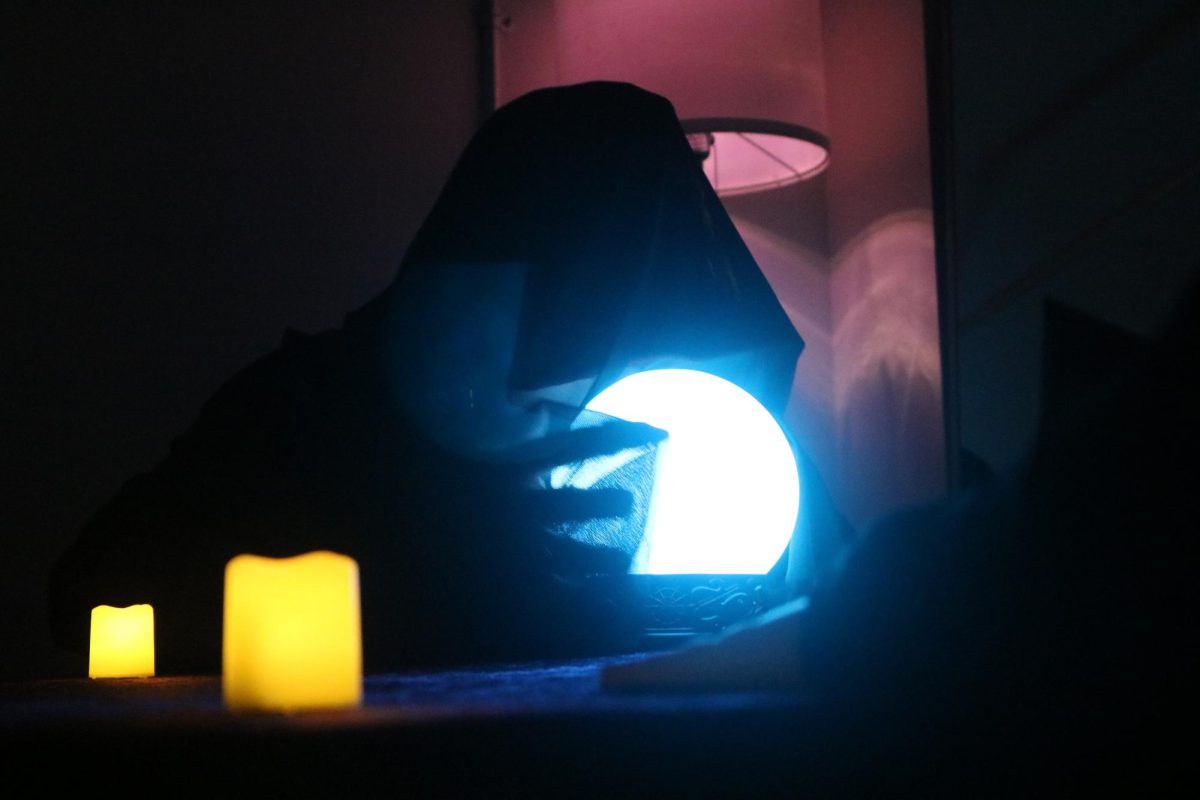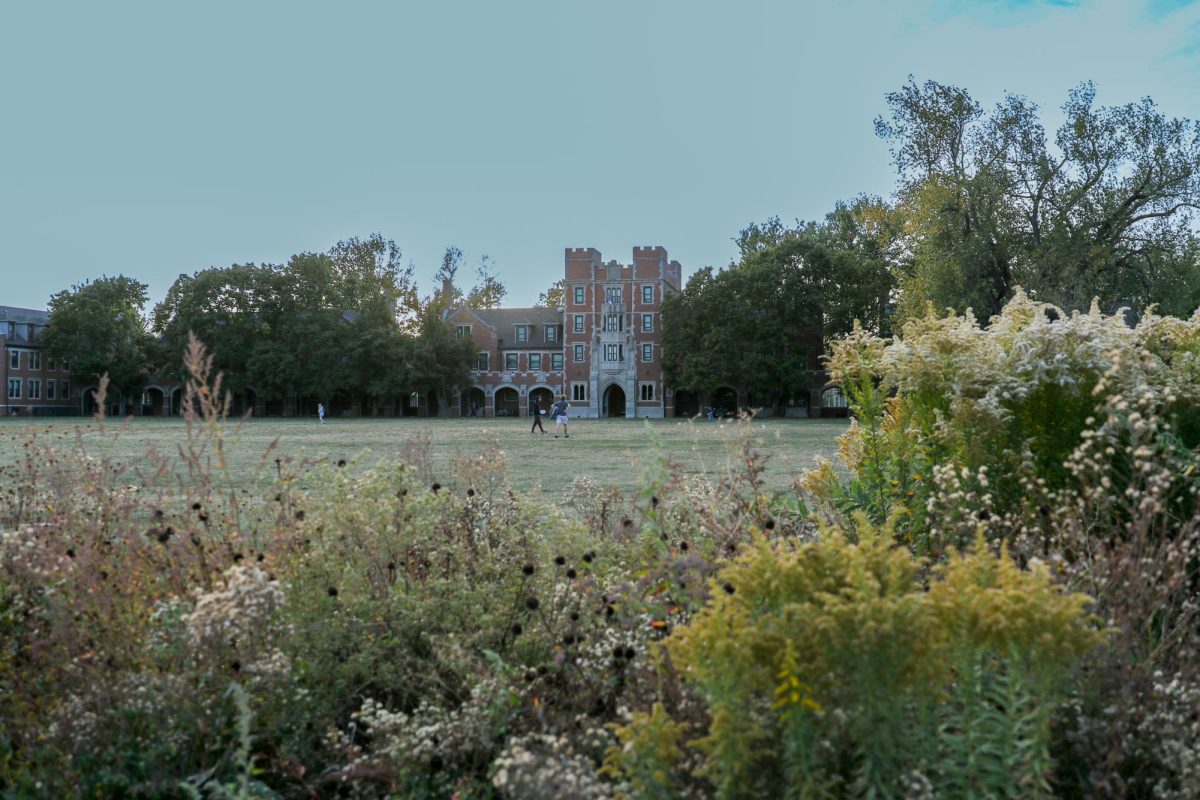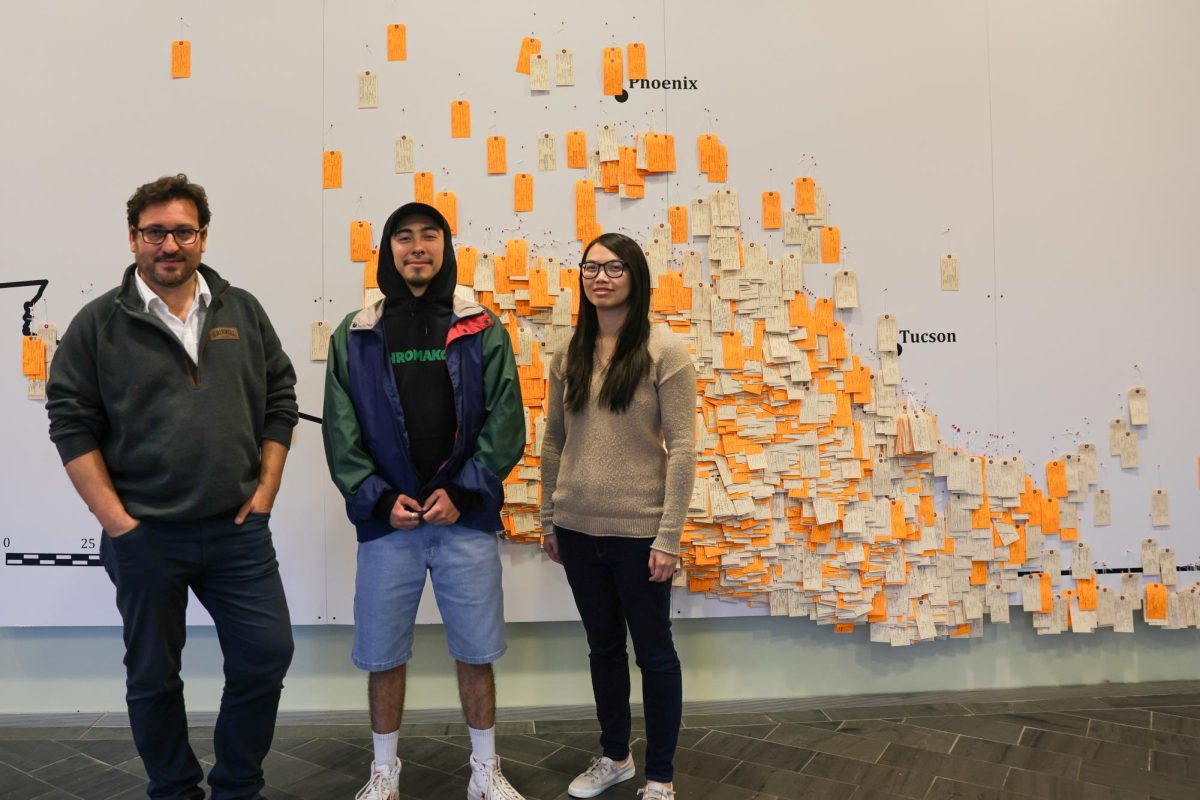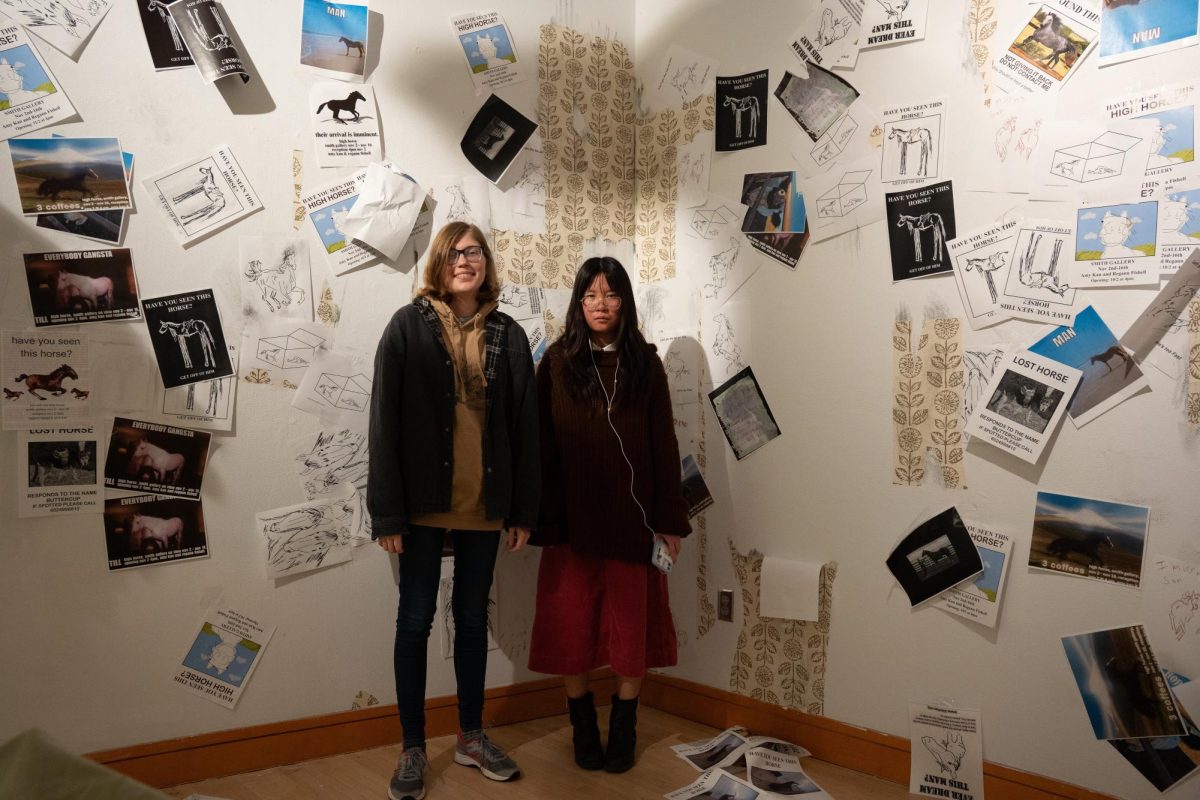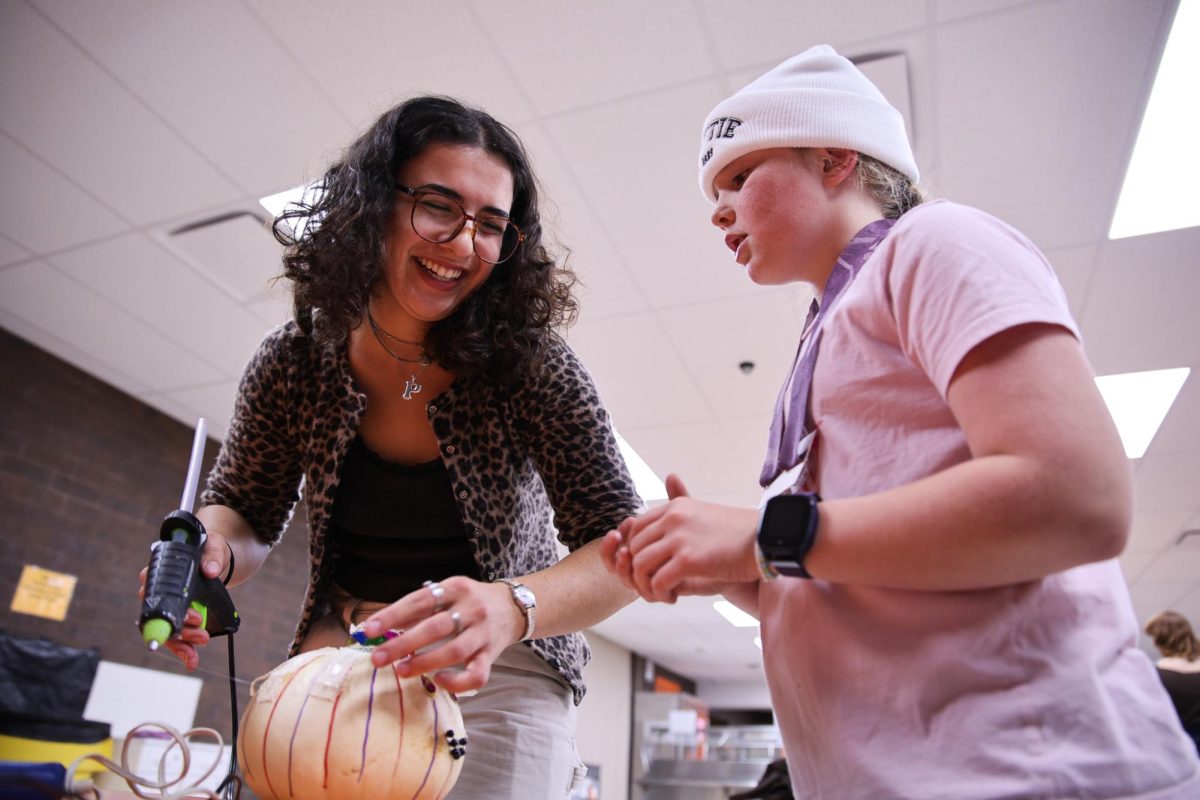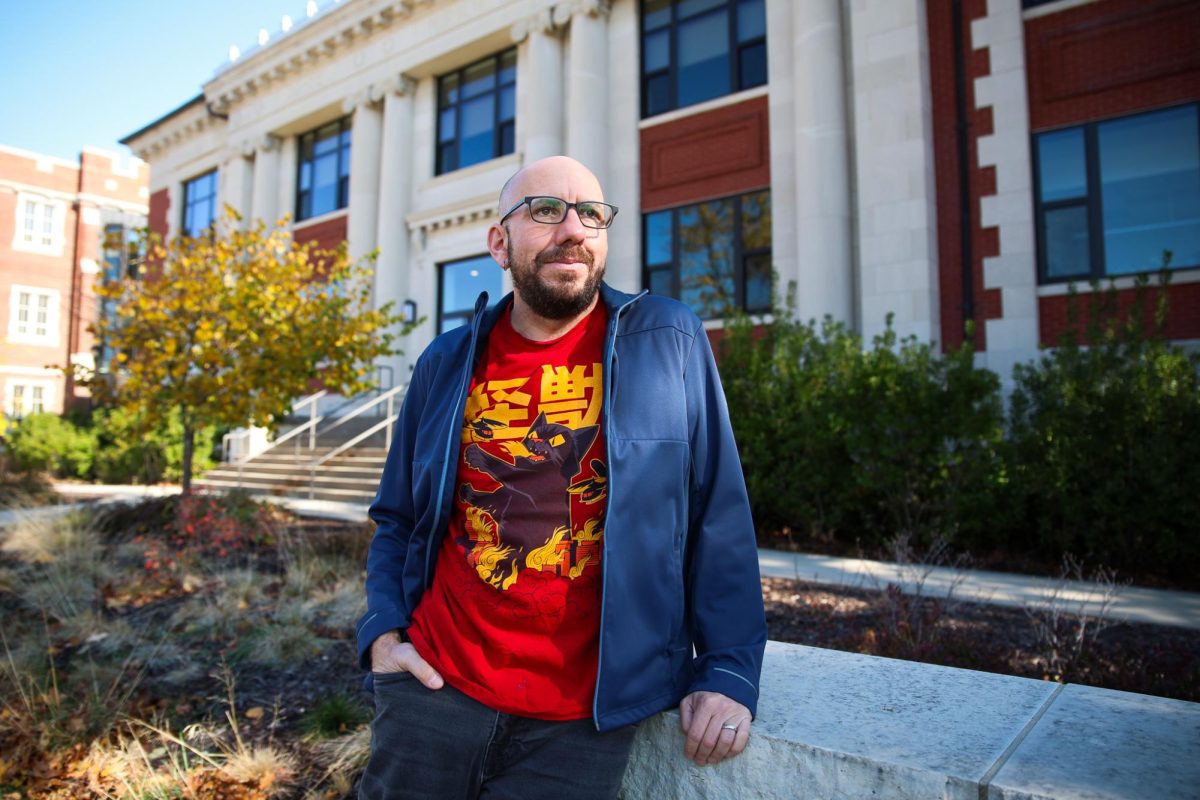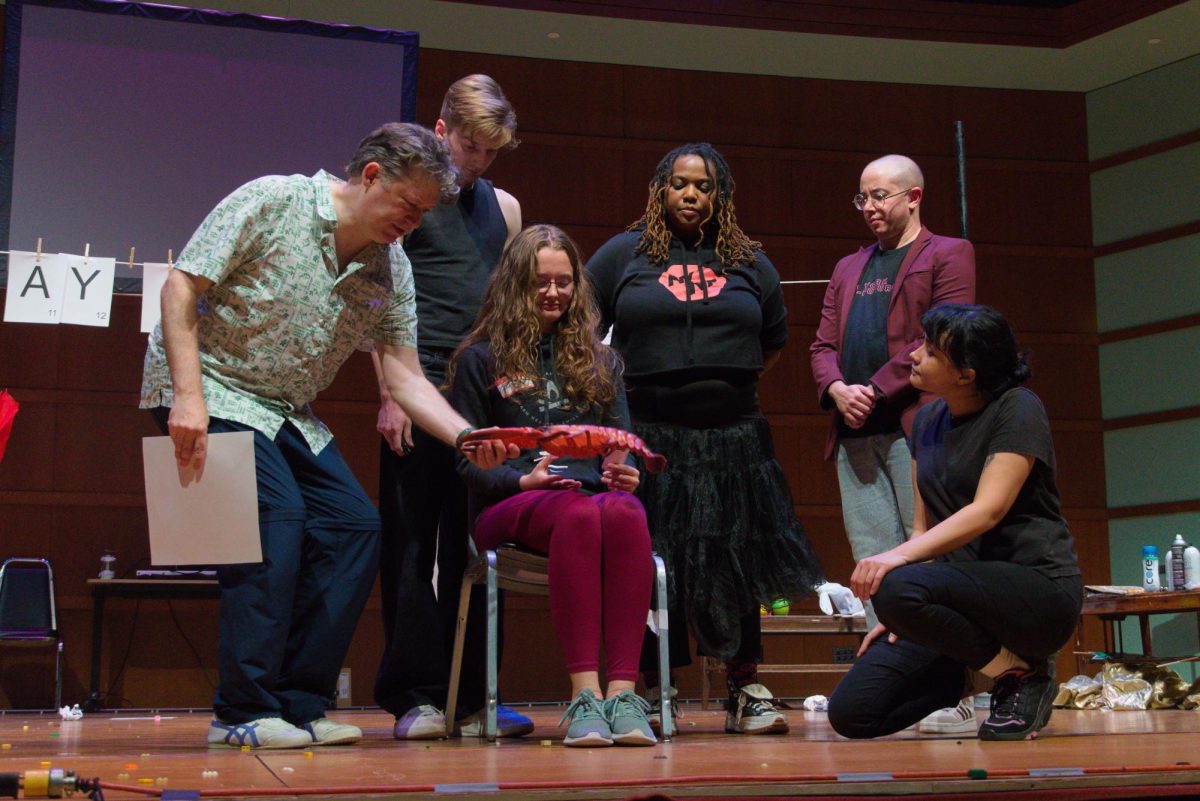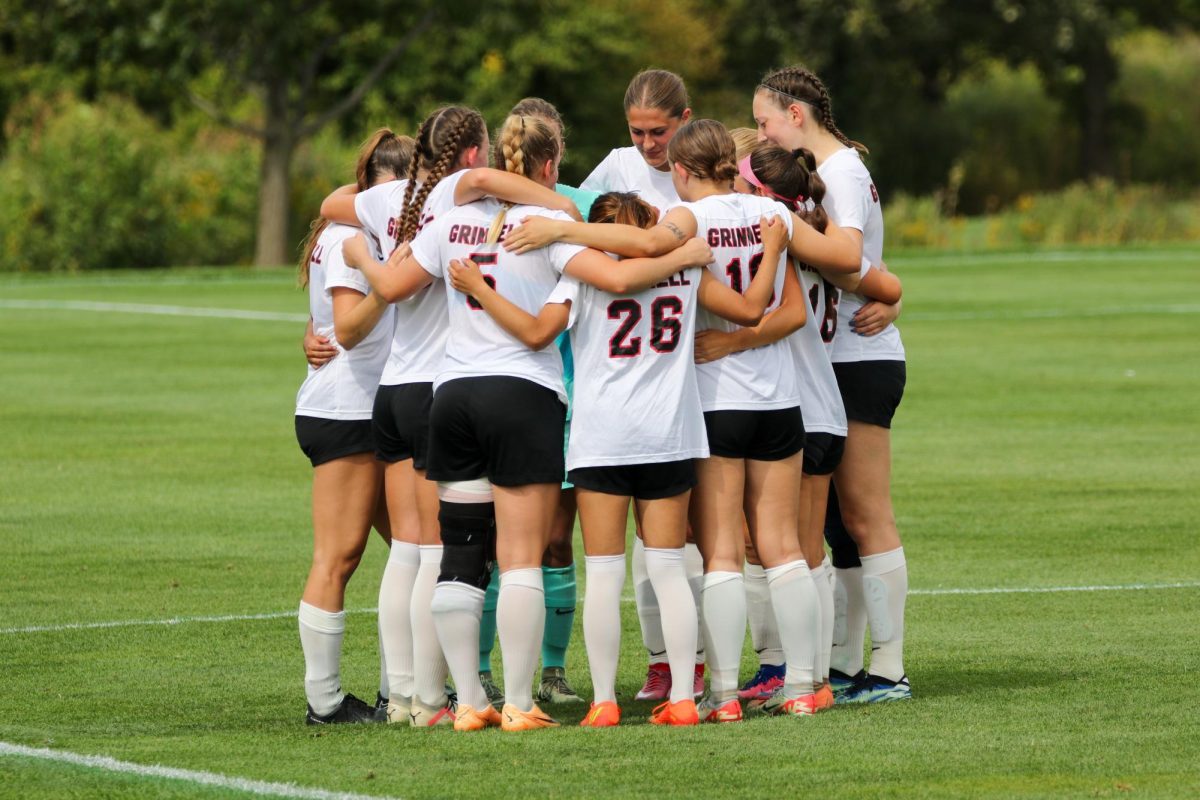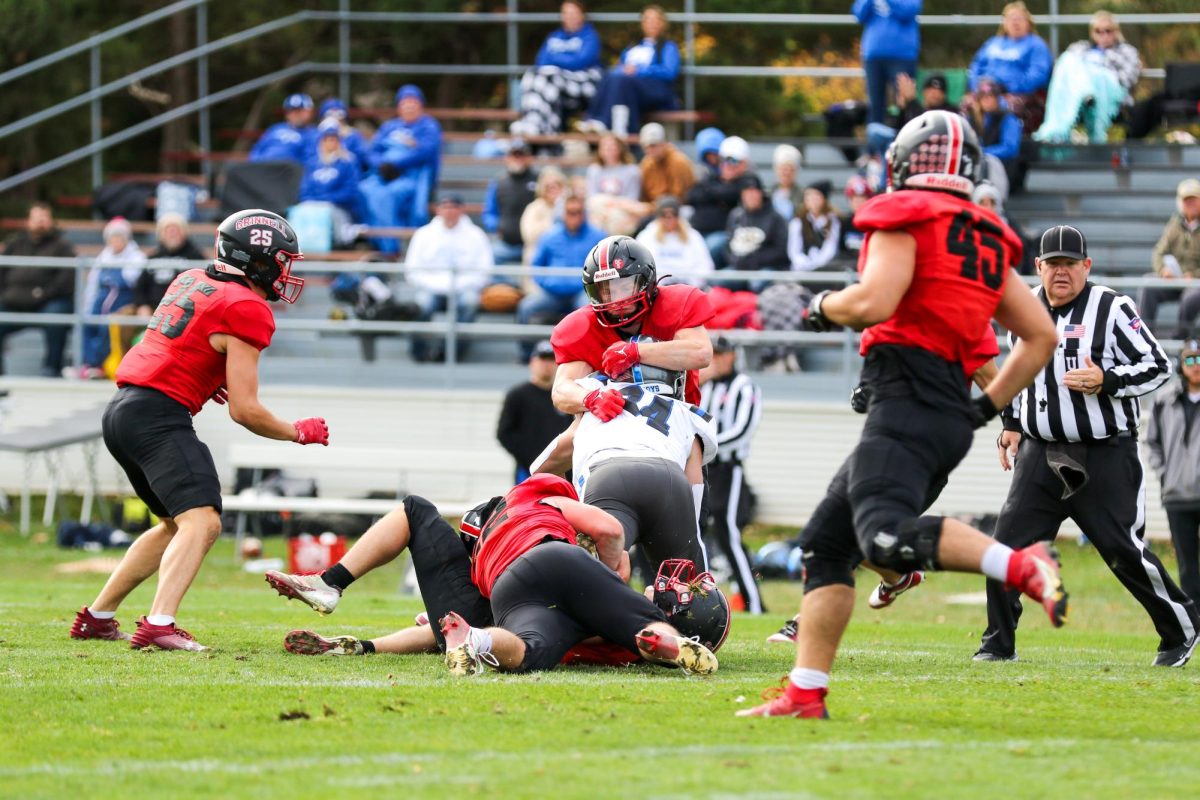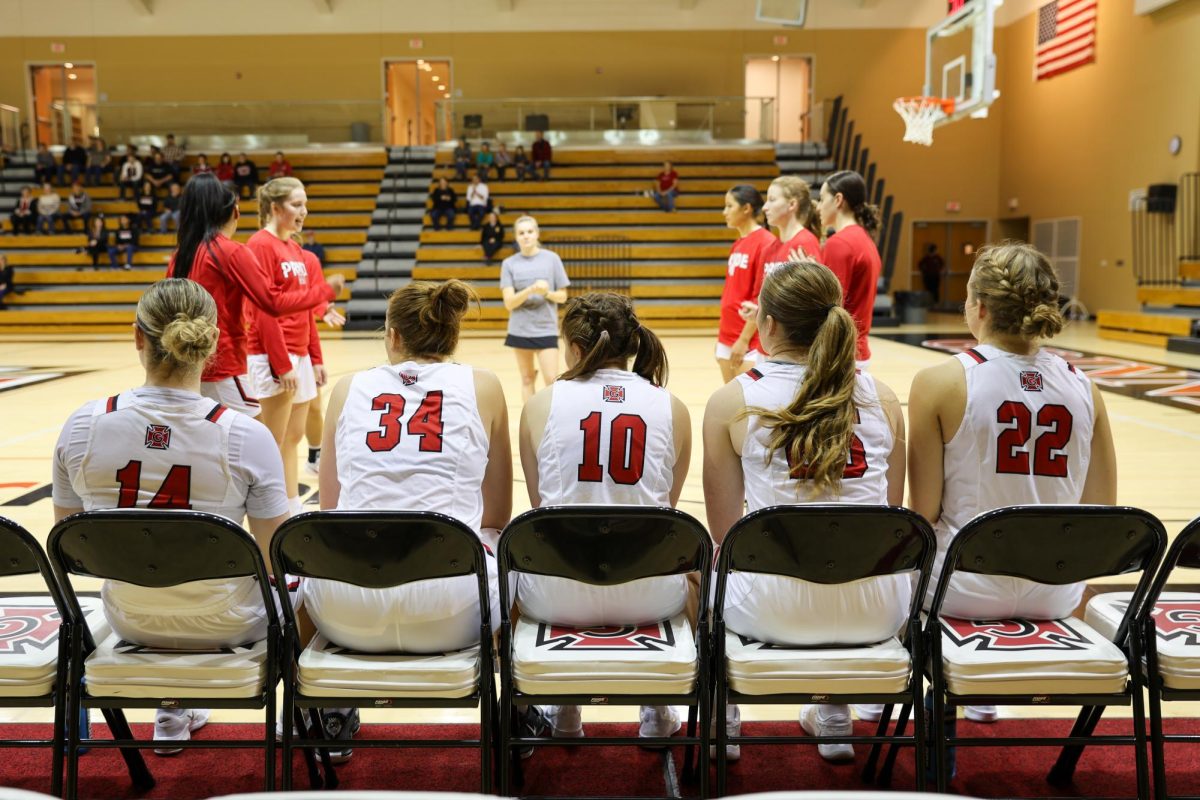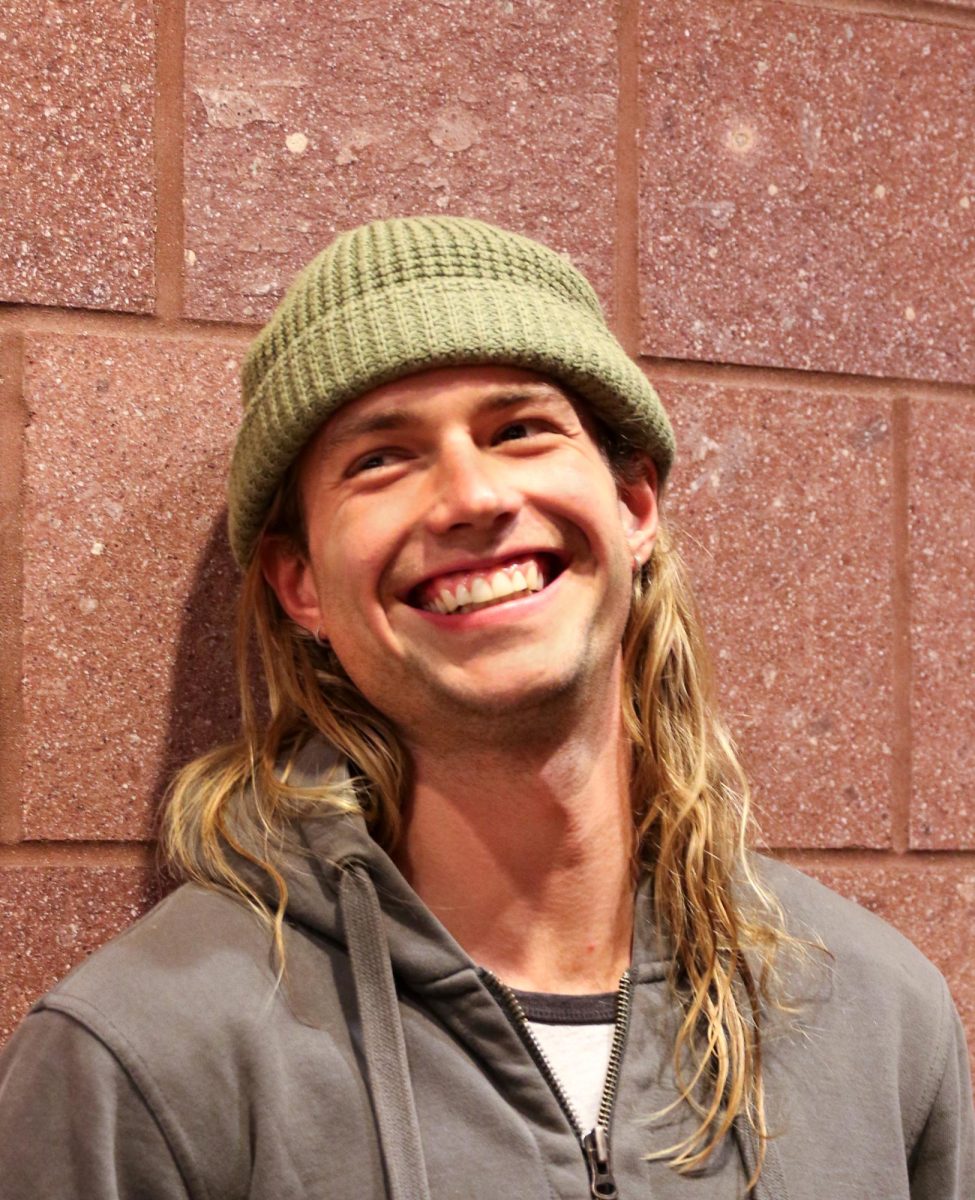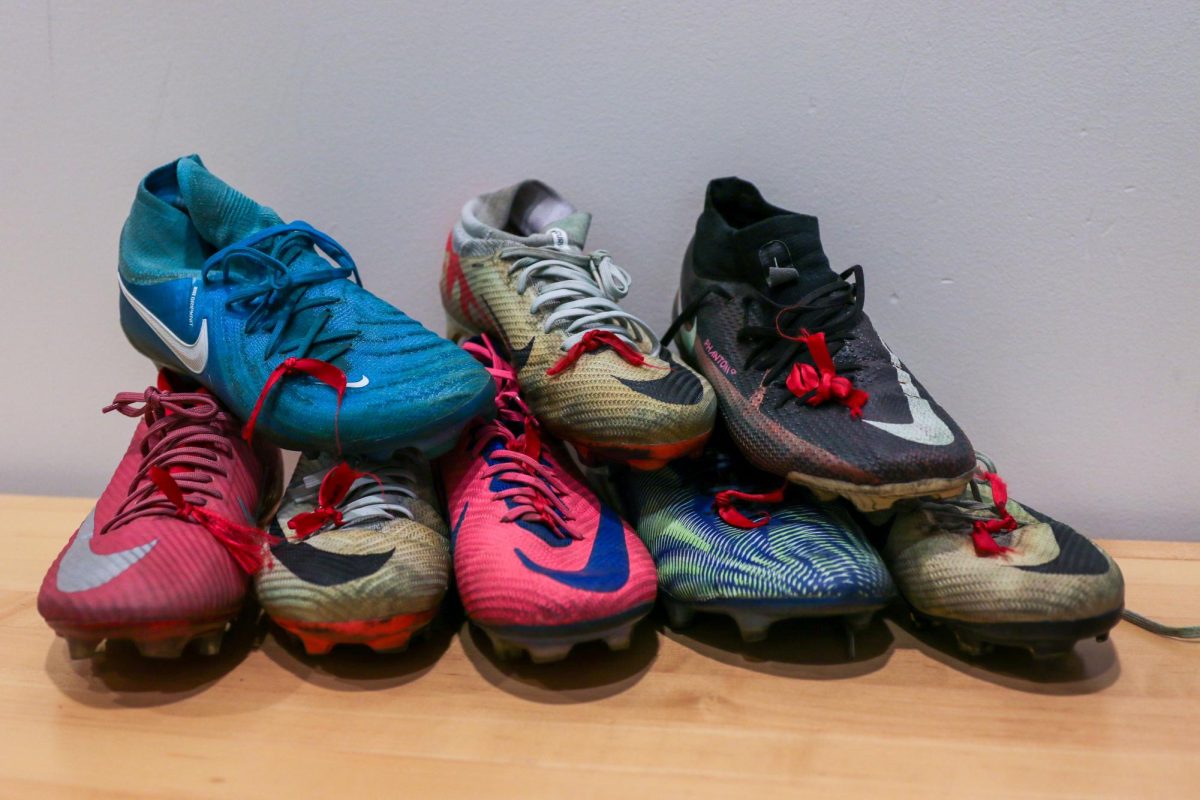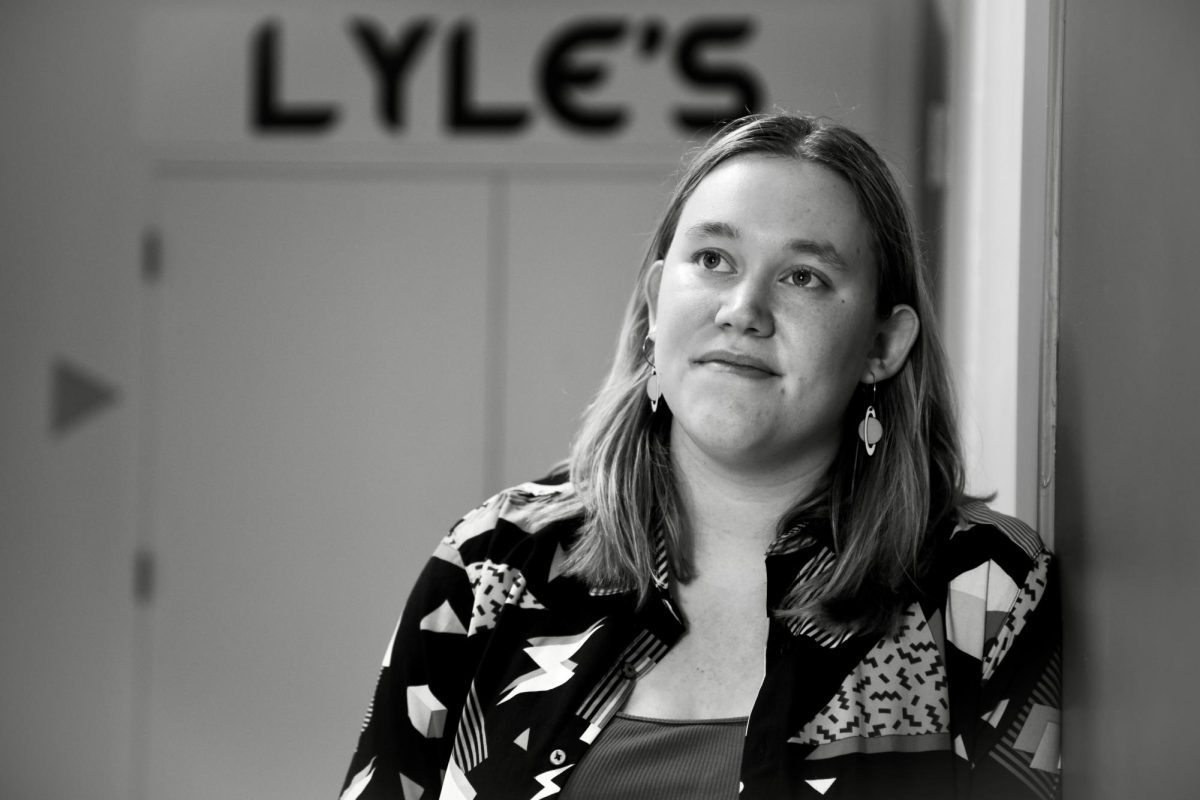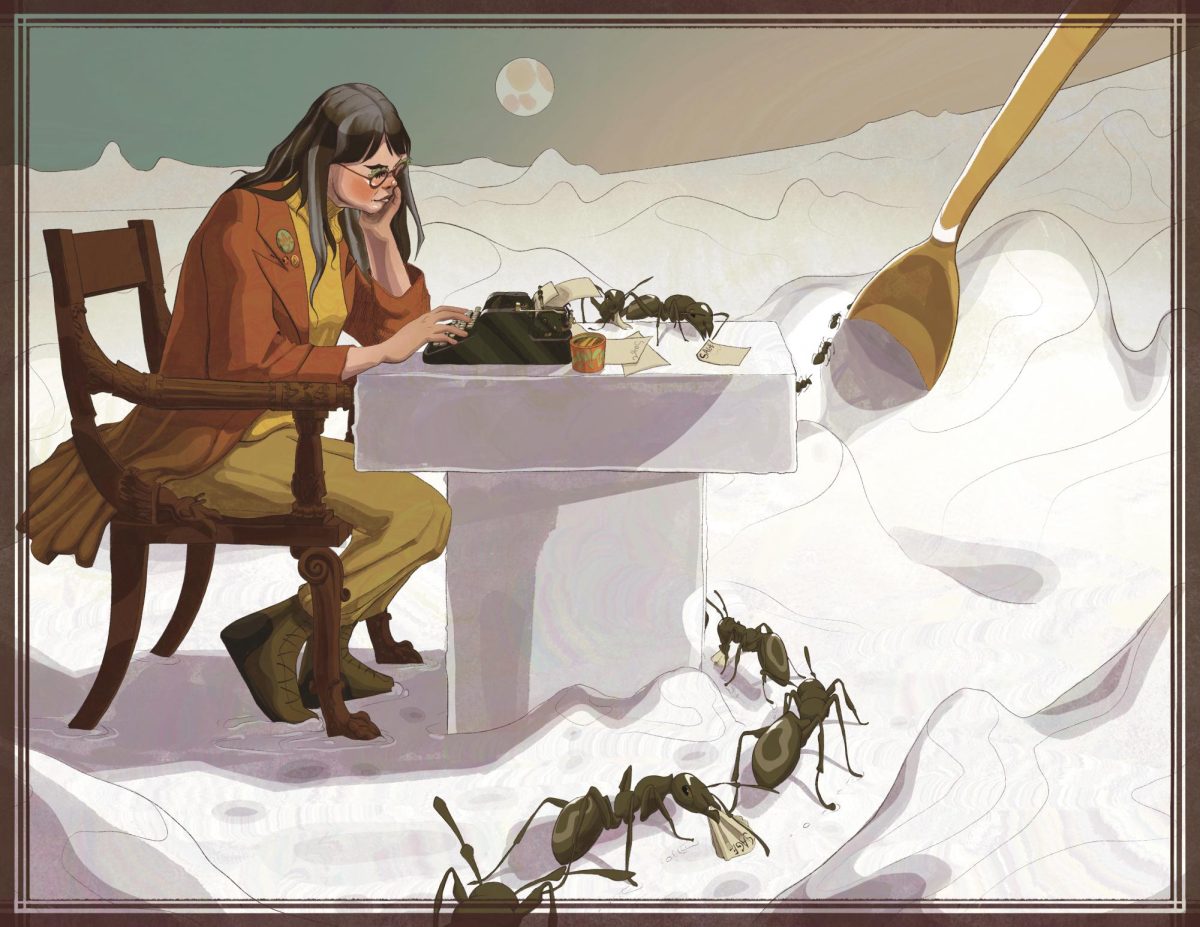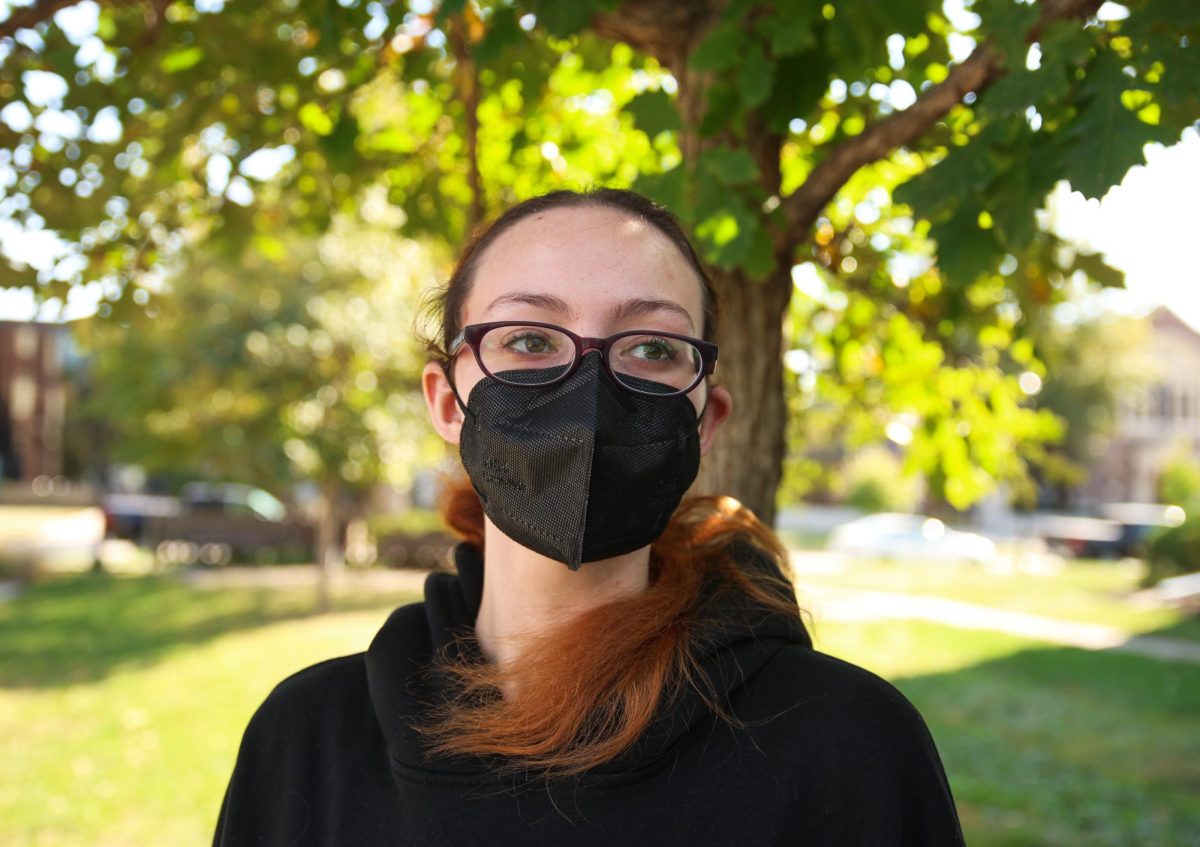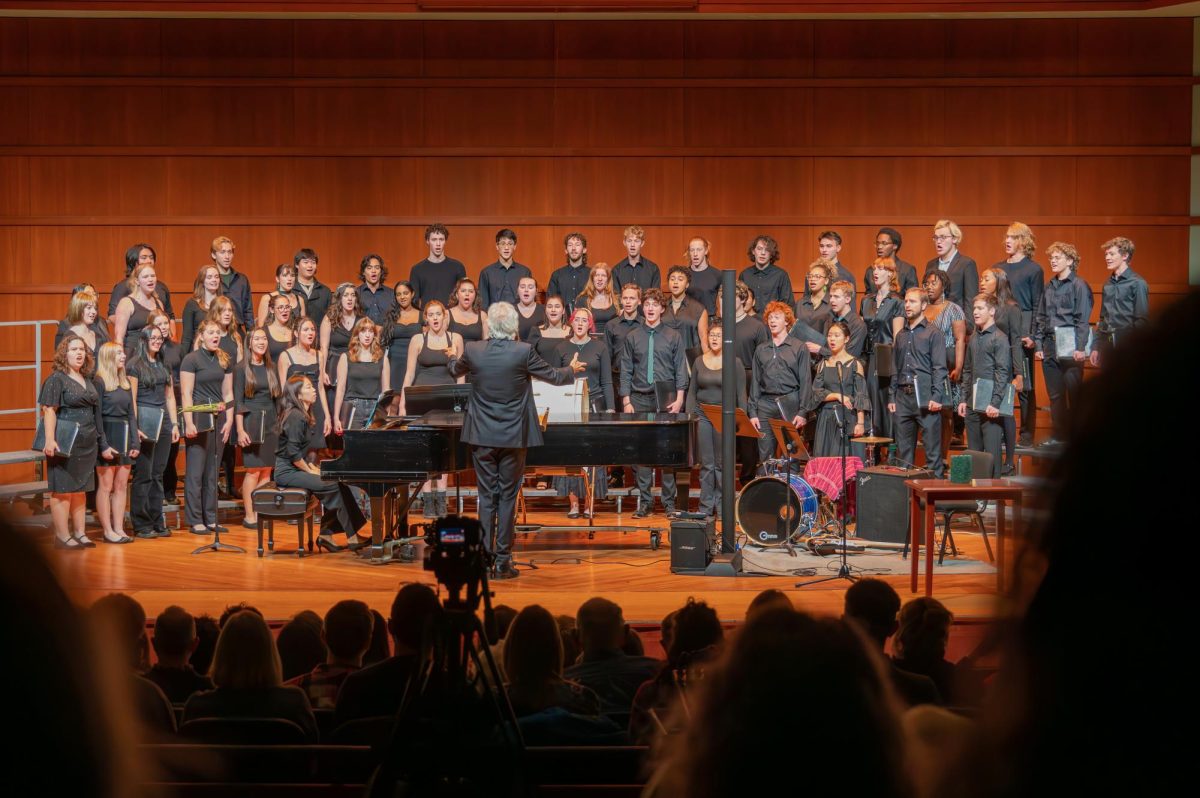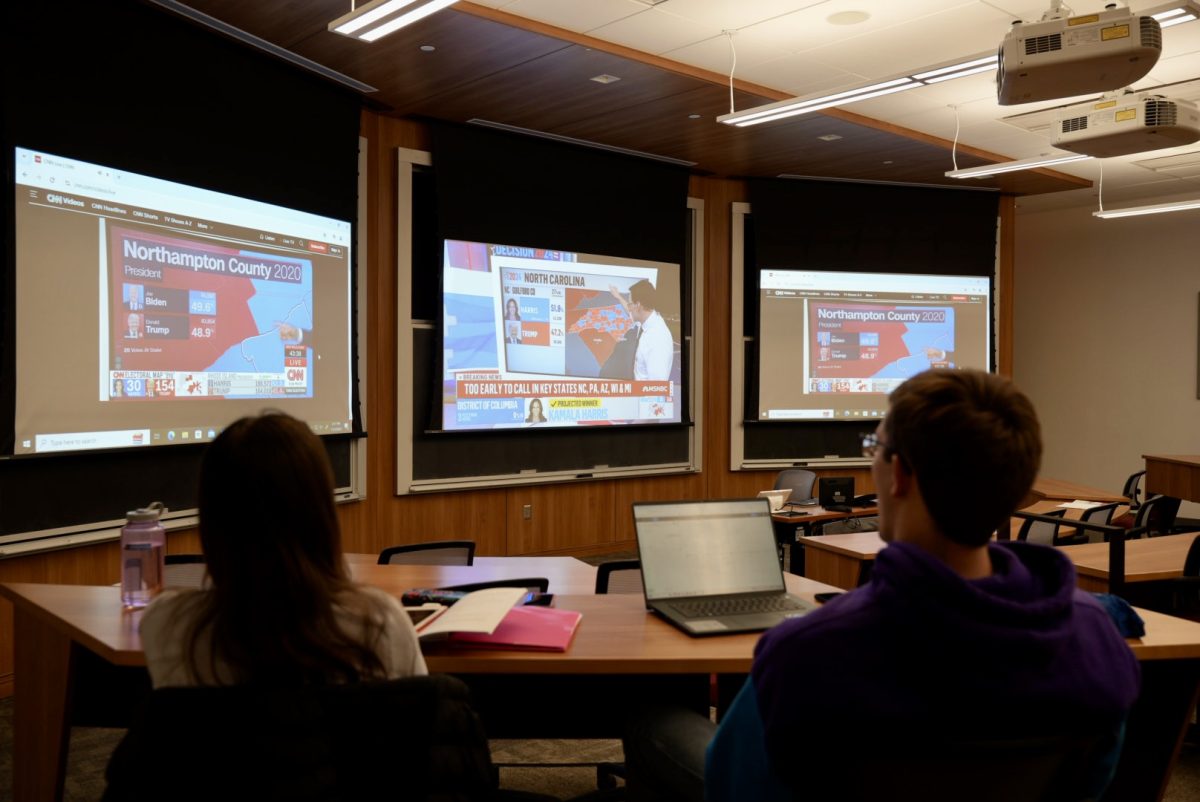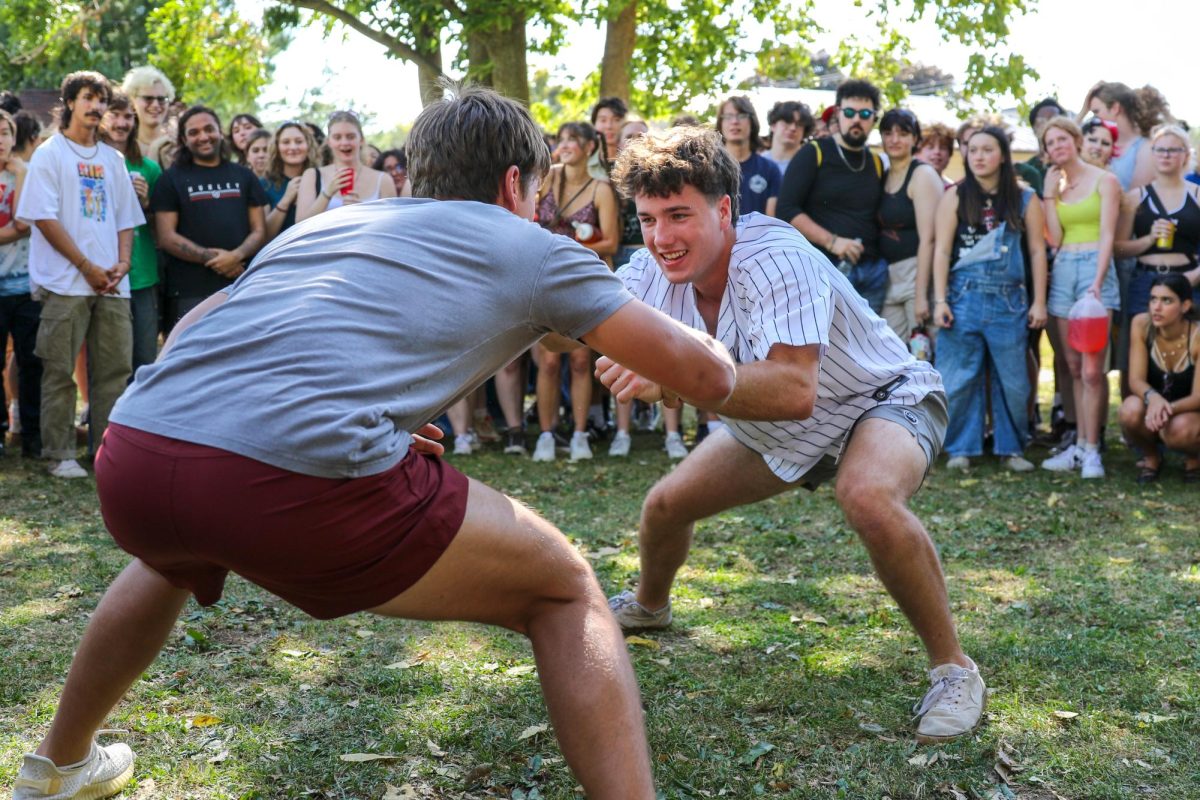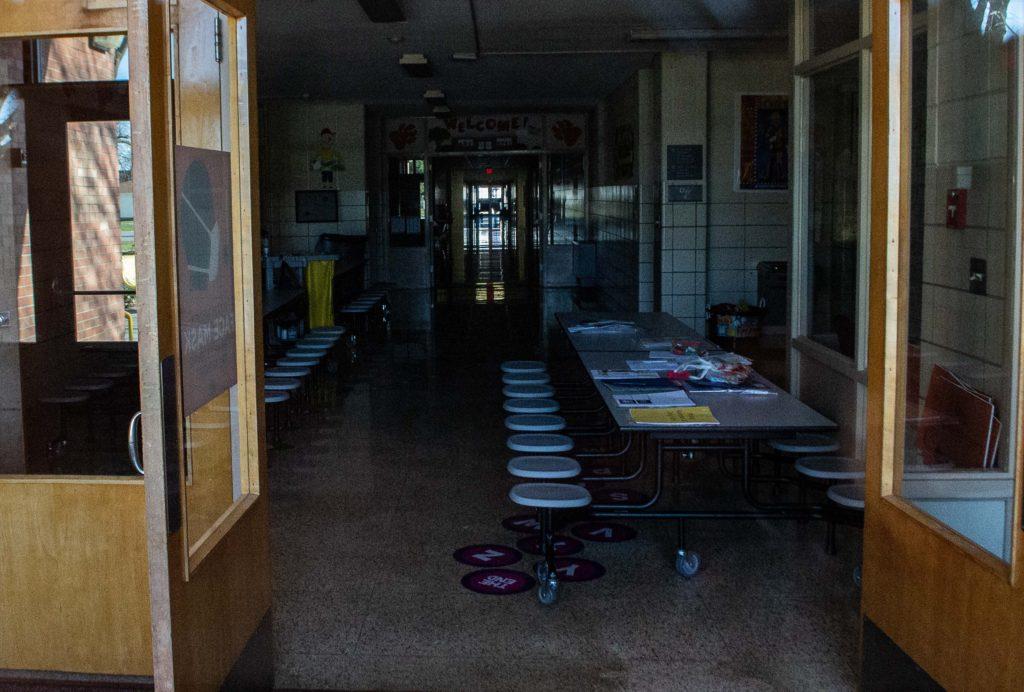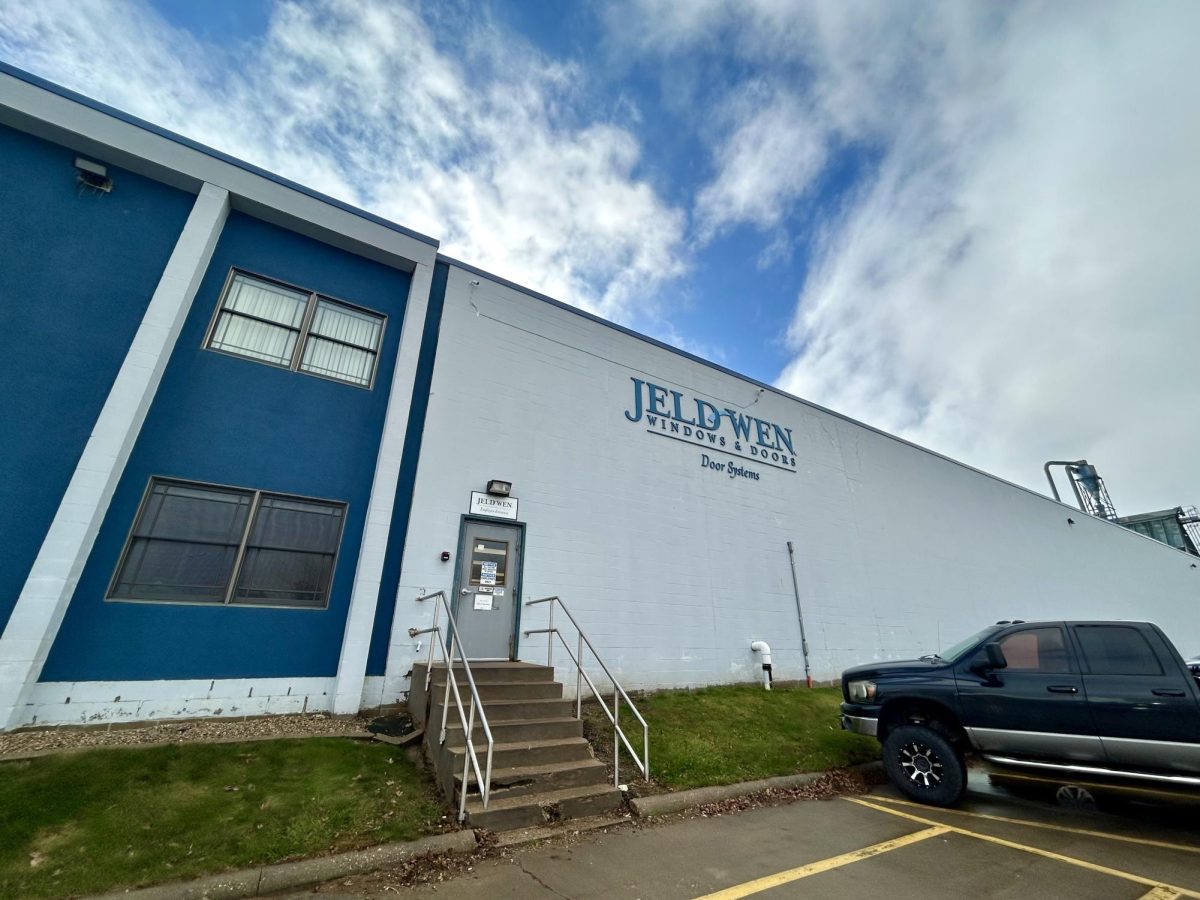The Grinnell-Newburg District schools will be closed until at least the start of December, leaving many parents and caregivers scrambling to find childcare and educational support for their children now learning at a distance.
This move comes after COVID-19 cases in Grinnell more than doubled in the last month, with little sign of slowing down. Effective Nov. 16, all students were moved to distance-learning, logging on to virtual classes from home. They joined a smaller group of students whose parents had opted for distance learning from the beginning of the school year. Up until this change, the district had been predominantly holding classes in-person. Grades K-8 met every day, and the high school ran on an A/B day schedule, meaning the student body was split in half, with each group attending on alternating days.
Grinnell Middle School science teacher Carly Sis said that, so far, she is impressed with her students. Sis said that they have been engaged during virtual classes and are following the new school schedule. She also said that she hopes parents will help her keep their children engaged. “If students aren’t engaged and if parents aren’t helping [them] to be engaged,” she said, “then that transition will be very rough.”
All around Grinnell, families are finding ways to make the best of the online learning format while trying to retain some sense of normalcy.
Joe Quiros, Area Manager of Keurig Dr Pepper, has a kindergartener and a second grader that were doing in-person schooling up until the district closed its buildings. “There was always an expectation that they were going to go back to distanced learning, it was just a matter of when,” Quiros said.
Because of Quiros’ hunch, his family had a plan in place for when the schools shut their doors: their kids were sent to Texas to live with Quiros’ parents, while he and his wife stayed in Grinnell. Quiros’ mother is a retired educator, and his father is also retired. “They’ll get a little more attention than they would at home,” Quiros said. “My wife works from home, so she would [have to] balance that with the kids, which isn’t fair to them.”
Quiros said that he preferred that schools were shutting down sooner rather than later. However, he also said that he was not worried about the virus potentially spreading among students, because the schools were being careful to follow social distancing guidelines and had proper protocols in place. “The school is quite honestly a controlled environment,” he said, “I felt quite comfortable with the school and the steps they had taken.”
Professor Tim Dobe, religious studies, has two children who have been virtually attending Grinnell-Newburg schools since the start of the school year. He said he has been helping them manage their assignments and keep track of the workload. “I’m on sabbatical this year, so basically my sabbatical has become my kid’s school.”
Dobe has been working with his third grader the entire time to keep him on track. In the beginning of online learning, Dobe left his eight grader to manage himself. It worked until the complicated distance-learning system and the disorganization of materials became too much for his eldest to handle. Dobe said that there were 30 tabs constantly open on his child’s computer. “There was no integration of materials,” he said, “He would do assignments and forget to turn them in because he just forgot to hit send.”
Dobe said that it’s easier now with everyone 100 percent online. When the school was using a hybrid model, online students would watch recorded videos without interacting with other students or their teachers. “Now he seems to be pretty happy because now everyone’s zooming in,” said Dobe, “It’s preferable to, like, ‘Here’s a 15-minute recorded lecture on X, and now do the homework and submit it.’”
Dobe said that he felt it was predictable that the school would close, and instruction would eventually be completely online. “We kind of wish the district had done that, or something much closer, since the beginning.”
Some families have teamed up to recreate the social advantage of schools while taking the burden off of individual parents. At the Dunham farm, four families are working together to provide their children with as natural a learning environment as possible. Parents take shifts watching their kids and planning activities for them all to do, such as digging up carrots on the farm or launching toy rockets.
“It’s a cool way to watch your kids learn and support each other,” said Mel Dunham, who runs the farm with her husband. “In addition to the kids getting regular interaction with some of their peers, the parents get a few hours off from their kids.”
The Dunham farm group has been up and running since the start of the school year. All of the families involved have at least one high-risk member, so their children have been distance learning since August. Dunham said that pooling their collective resources, such as time and energy, made the most sense.
In response to the new challenges facing parents, many of whom don’t have the time or resources to run their children’s education, Grinnell childcare providers have also been adapting. LINK, an afterschool childcare program for parents who work in the afternoon, has ramped up capacity to encompass a full-day program for their enrolled students.
“A lot of children in this program are [children of] essential personnel,” Executive Director Chad Nath said, meaning nurses, physicians and single income families that have to work. The afterschool program has been running since March with no positive cases in children or staff. “We’ve been diligent in protocols and ensuring protective measures as much as we can,” Nath said.
LINK currently serves a total of 47 children, from both the elementary and middle schools, on various days based on their parents’ schedules. The program uses Davis Elementary as a home base for kids to access their virtual classrooms.
Students with LINK follow the same schedule as their home-learning peers. The mornings are spent in virtual classrooms with their fellow students, but the afternoons are open for specialized learning and afterschool activities. Nath said that there are many students enrolled in the program who are under IEPs (Individual Education Programs created by the schools) or who don’t have Wi-Fi at home.
He said that, in the event more students sign up for LINK, the organization has agreements with the district and Iowa Department of Human Services to use more school buildings. Should this happen, students will be able to remain socially distanced while still taking advantage of LINK’s services.
In addition to providing Davis Elementary to LINK, the school district is also providing lunch to the students through their meal delivery program. The program is available for all students that accessed free meals during school, and the district drops the meals off at the students’ houses. LINK is able to access this program for the students they are taking care of.
